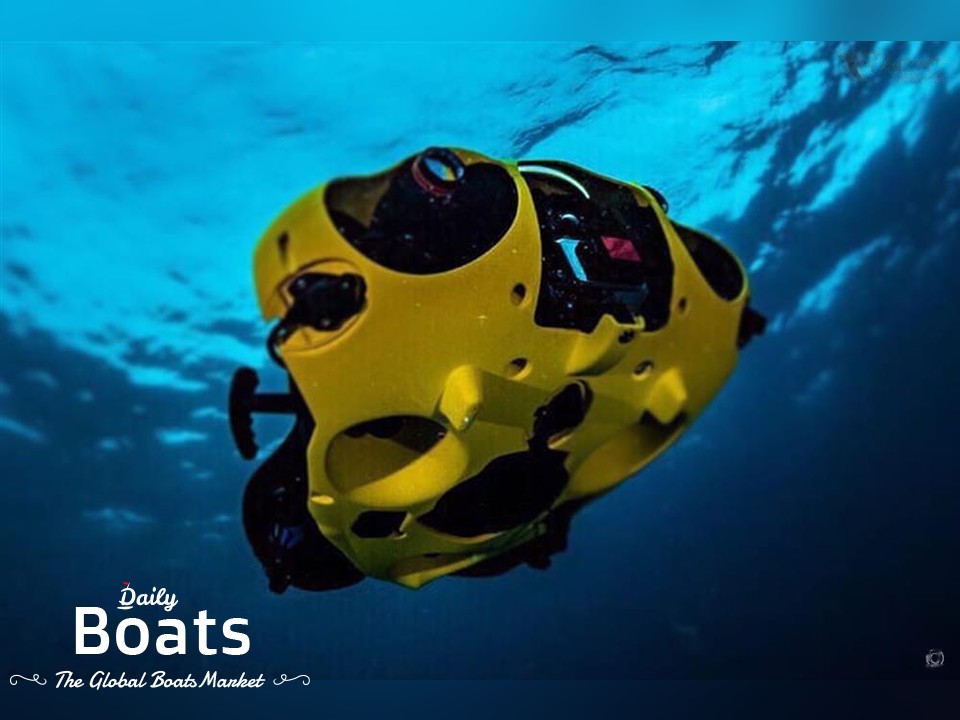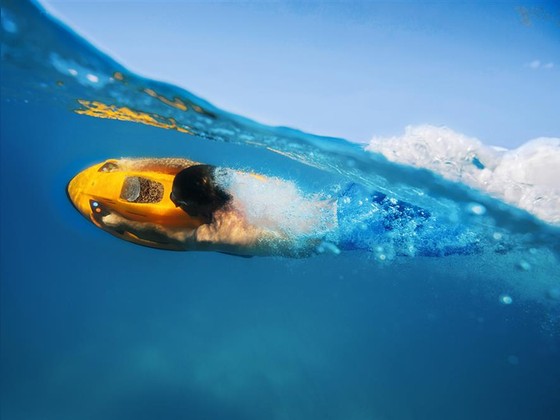Diver propulsion vehicles

Diver propulsion vehicles: what are they and how do they work?
Introduction
Diver propulsion vehicles, or DPVs, are devices that help divers move through water. There are a variety of DPVs available, each with its own benefits and risks. In this post, we'll explore what DPVs are and how they work. We'll also discuss the dangers associated with using these devices so that you can stay safe when diving.
What is a diver propulsion vehicle
What are the different types of DPVs
A diver propulsion vehicle (DPV) is a small, battery-powered underwater scooter that helps divers move through the water more easily and efficiently. There are two main types of DPVs: those with open propellers and those with closed propellers. Open propeller DPVs are more common and typically have two large propellers that are exposed. These types of DPVs can be more powerful but also more dangerous as they can entangle swimmers or damage marine life. Closed propeller DPVs have their propellers enclosed in a cage, which makes them safer to use but also less powerful.
Both types of DPVs usually have a handlebar or T-shaped control grip that the diver holds onto while operating the device. The speed and direction of the DPV can be controlled by moving the handlebars or grip, and most devices also have a throttle trigger that can be used to increase or decrease speed. Some DPVs also come equipped with features like lights, compasses, depth gauges, and GoPro mounts to help divers navigate and document their underwater adventures!

How does a diver propulsion vehicle work
How does a DPV move through water
A diver propulsion vehicle (DPV) is a small, battery-powered underwater scooter that helps divers swim faster and cover more ground with less effort. DPVs are also known as underwater scooters, dive scooters, or simply scooters.
There are two main types of DPVs: those that tow the diver behind them, and those that the diver sits on top of. The type of DPV you use will depend on the type of diving you plan to do.
Tow-behind DPVs are more popular for recreational diving, as they allow the diver to relax and enjoy the ride while the scooter does all the work. These types of DPVs usually have a leash that attaches the scooter to the diver's waist, so if you let go of the tow line, the scooter will stop and float to the surface.
Sit-on-top DPVs are more popular for technical diving, as they offer more control and maneuverability than tow-behind models. Sit-on-top DPVs also tend to be smaller and lighter than tow-behind models, making them easier to transport and handle.
No matter what type of DPV you use, they all work in basically the same way: by using a propeller to push water backwards, which propels the scooter (and attached diver) forwards through the water.
Most DPVs have two propellers: one at the front and one at the back. This design helps to stabilize the scooter and keep it moving in a straight line. Some newer model DPVs also have three propellers, which can offer even better stability and performance.
What are benefits of using a DPV?
Using a DPV has many advantages over swimming without one. First and foremost, it allows you to cover much more ground with less effort – meaning you can explore an area in less time (and with less energy) than if you were swimming without a scooter.
This is especially helpful if you're diving in an area with strong currents or tides; by using a DPV, you can easily counteract these forces and swim against them without tiring yourself out too quickly.
Another benefit of using a DPV is that it can help you stay safe in dangerous situations by allowing you to quickly escape from an area if necessary (for example, if you find yourself caught in a strong current). And finally, many divers simply find using a DPV fun! It's like being able to fly through the water like Superman – something most people never get to experience outside of their dreams!
Are there any dangers associated with using a DPV
What are the risks of using a DPV
There are some risks associated with using DPVs, but they are generally safe when used correctly. The most common risk is running into something while using the DPV, which can cause injury. Other risks include entanglement in the DPV's propeller, getting caught in the current created by the DPV, and running out of air while using the DPV.
How can I stay safe when using a DPV
There are some things you can do to stay safe when using a DPV. First, be aware of your surroundings and avoidcolliding with objects. Second, keep your hands and feet clear of the propeller to avoid entanglement. Third, be aware of currents created by the DPV and swim against them if necessary. Finally, make sure you have enough air to complete your dive before starting to use the DPV.
Conclusion
A diver propulsion vehicle (DPV) is a great way to move through the water quickly and efficiently. There are different types of DPVs available, each with its own set of features and benefits. Understanding how a DPV works is important for safe and effective use. While there are some risks associated with using a DPV, following some simple safety guidelines can help you stay safe and have a great time using this fun underwater tool.







